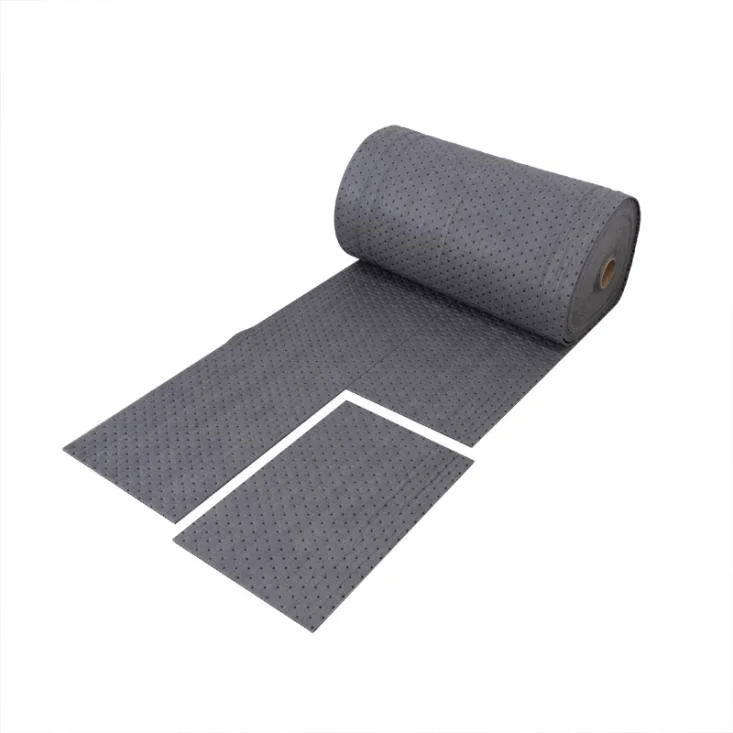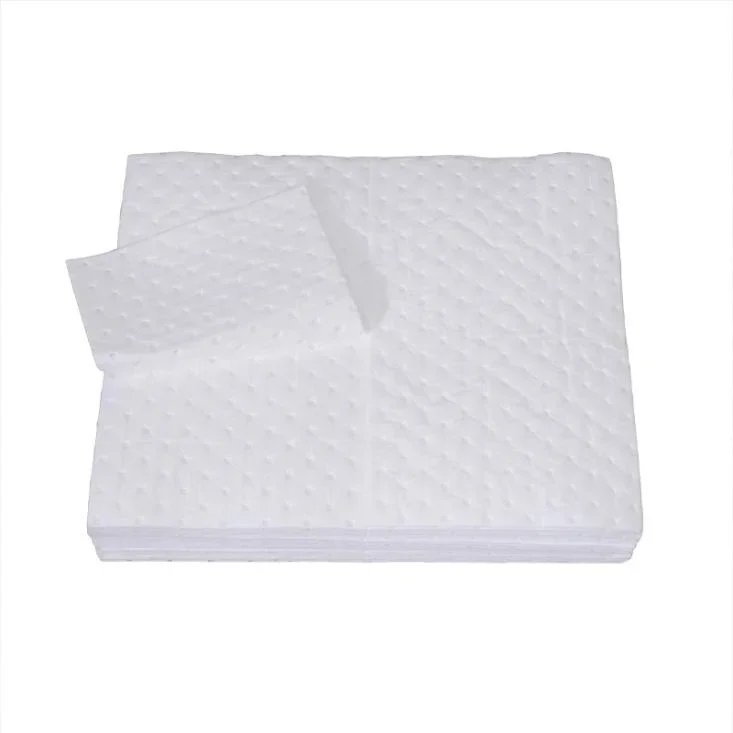The industrial absorbent materials market is thriving and highly competitive. So how much do you know about the oil-absorbing sheet market and the influencing factors of the oil-absorbing sheet?
Here is the table of contents:
-
What are the main market segments for oil absorbent products such as the oil-absorbing sheets?
-
What are the factors affecting the oil absorption capacity of the oil-absorbing sheet?
What Are the Main Market Segments For Oil Absorbent Products Such As Oil-Absorbing Sheets?
Currently, there are two major segments in the market, depending on the oil spill area.
1. Water segment. Generally associated with emergency response to major oil spills, including VALDEZ oil spill area, Persian Gulf oil spill area, and many other places.
2. Plant component. Mainly related to routine maintenance work in factories, such as railroads, power plants, oil refineries, automobile assembly plants, and many other places.
The quantity of oil-absorbing materials such as oil-absorbing sheets used in factories is about eight times the quantity used on water, and according to the measurement of relevant experts, the market sales of industrial oil-absorbing materials, for example, oil-absorbing sheets are growing at an average rate of 25-30% per year.

What Are the Factors That Affect the Oil Absorption Capacity of the Oil-Absorbing Sheet?
1. Type of oil
The viscosity of different types of oil has a great influence on the absorbing capacity and the time to reach saturation of the oil-absorbing sheet. If the viscosity of the oil is high, the absorbing capacity of the oil-absorbing sheet is large and the saturation time is long.
2. Thickness and average fiber diameter of the oil-absorbing sheet
The most important factor affecting the absorption capacity of the oil-absorbing sheet is the average diameter of the fiber and the specific gravity of the felt. With high-quality ultra-fine fiber (2~3μ
3μ) nonwoven fabric, produced from 800 MFR polypropylene chips. The nonwovens in these experiments were produced by the Tennessee Textile University Nonwoven Development Center on a 20-inch melt last machine. Each roll was produced with the same fiber diameter and a different number of web layers. To produce oil-absorbing sheets with the same fiber diameter and different densities, it was necessary to change the number of plies.
The so-called roll sample "flattening" (cold rolling) is the process of obtaining the same thickness of nonwoven without affecting the fiber diameter, which is done by passing the nonwoven between two smooth cold rolls, one stainless steel and the other nylon, with a pressure of 24 lb/in*.

3. The nature of the fiber web
The nature of the polymer itself has a significant impact on the performance of the product. For polypropylene, it was chosen as an oil-absorbent material because it can easily be made into a microfiber web, as well as its hydrophobic and lipophilic properties.
The new highly oil-absorbent nonwoven, which can be combined with oil, uses a new microfiber web manufacturing technology that increases the oil-absorbing capacity to 100 percent, with water and oil repellency. These ultra-thin webs contain carrier bundles of melt-blown microfibers that increase oil absorption as if the oil were collected in millions of small oil bags. Through the capillary action of the microfibers, the oil-absorbing sheet has a more evenly dispersed channel, allowing the oil to spread rapidly throughout the oil-absorbing sheet.

Suzhou HealthRun products are widely used in controlling and cleaning oil pollution in rivers, seas, and lakes, interception, commercial, industrial, aviation industry, machinery workshop purification, industrial and civil treatment, and other industries. If you are interested in purchasing an oil-absorbing sheet, please choose us.
